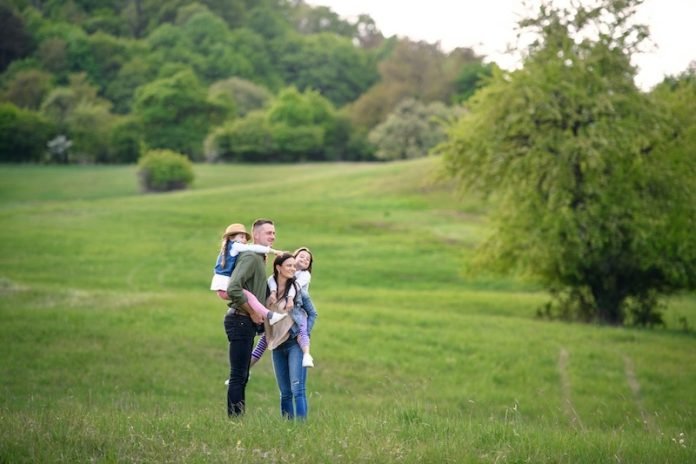
A recent study from Texas A&M University School of Public Health has illuminated a fascinating connection between urban green spaces and mental health.
Led by Jay Maddock, Ph.D., a Regents Professor of environmental and occupational health, and his team from the Center for Health and Nature, this research reveals that individuals living in areas with more exposure to nature tend to have lower needs for mental health services.
The study, published in the International Journal of Environmental Research and Public Health, introduces an innovative tool called NatureScore.
This tool assesses urban greenness through various data sets, including air, noise, and light pollution, alongside the presence of parks and tree canopies.
It provides a comprehensive measure of the natural elements surrounding any given address in the United States and beyond, with scores ranging from 0 (Nature Deficient) to 100 (Nature Utopia).
Utilizing Texas Hospital Outpatient Public Use Data Files spanning from 2014 to mid-2019, the researchers analyzed over 61 million adult outpatient encounters for mental health issues such as depression, bipolar disorders, stress, and anxiety across urban Texas ZIP codes.
These encounters were then correlated with the NatureScores of their respective ZIP codes.
The findings were striking. Neighborhoods with higher NatureScores, indicating greater exposure to green spaces, showed significantly lower rates of mental health encounters. In areas where NatureScores exceeded 60, mental health service needs were about 50% lower.
Moreover, those residing in the highest scoring neighborhoods—categorized as Nature Rich and Nature Utopia—exhibited considerably fewer mental health issues compared to those in areas scoring the lowest on the NatureScore scale.
Maddock’s research underscores the threshold effect of green spaces on mental health; neighborhoods deemed Nature Adequate (with a NatureScore above 40) saw a dramatic reduction in the likelihood of residents developing depression or bipolar disorders—51% and 63% lower, respectively.
This groundbreaking study doesn’t just shed light on the positive impact of urban greenery on mental health; it also presents a compelling case for urban planning and public health policy.
Omar M. Makram, the study’s lead author, emphasizes the potential benefits of integrating more green spaces into urban environments.
Such initiatives could significantly enhance well-being and mental health, addressing the needs of the substantial portion of the U.S. adult population affected by mental health disorders.
As cities continue to grow and evolve, the findings from Texas A&M’s research advocate for a greener, more nature-integrated approach to urban development.
By prioritizing the incorporation of green spaces, city planners and policymakers can contribute to healthier, happier urban communities, demonstrating the profound connection between our environments and our mental well-being.
If you care about mental health, please read studies about 6 foods you can eat to improve mental health, and B vitamins could help prevent depression and anxiety.
For more information about mental health, please see recent studies about how dairy foods may influence depression risk, and results showing Omega-3 fats may help reduce depression.
The research findings can be found in the International Journal of Environmental Research and Public Health.
Copyright © 2024 Knowridge Science Report. All rights reserved.



